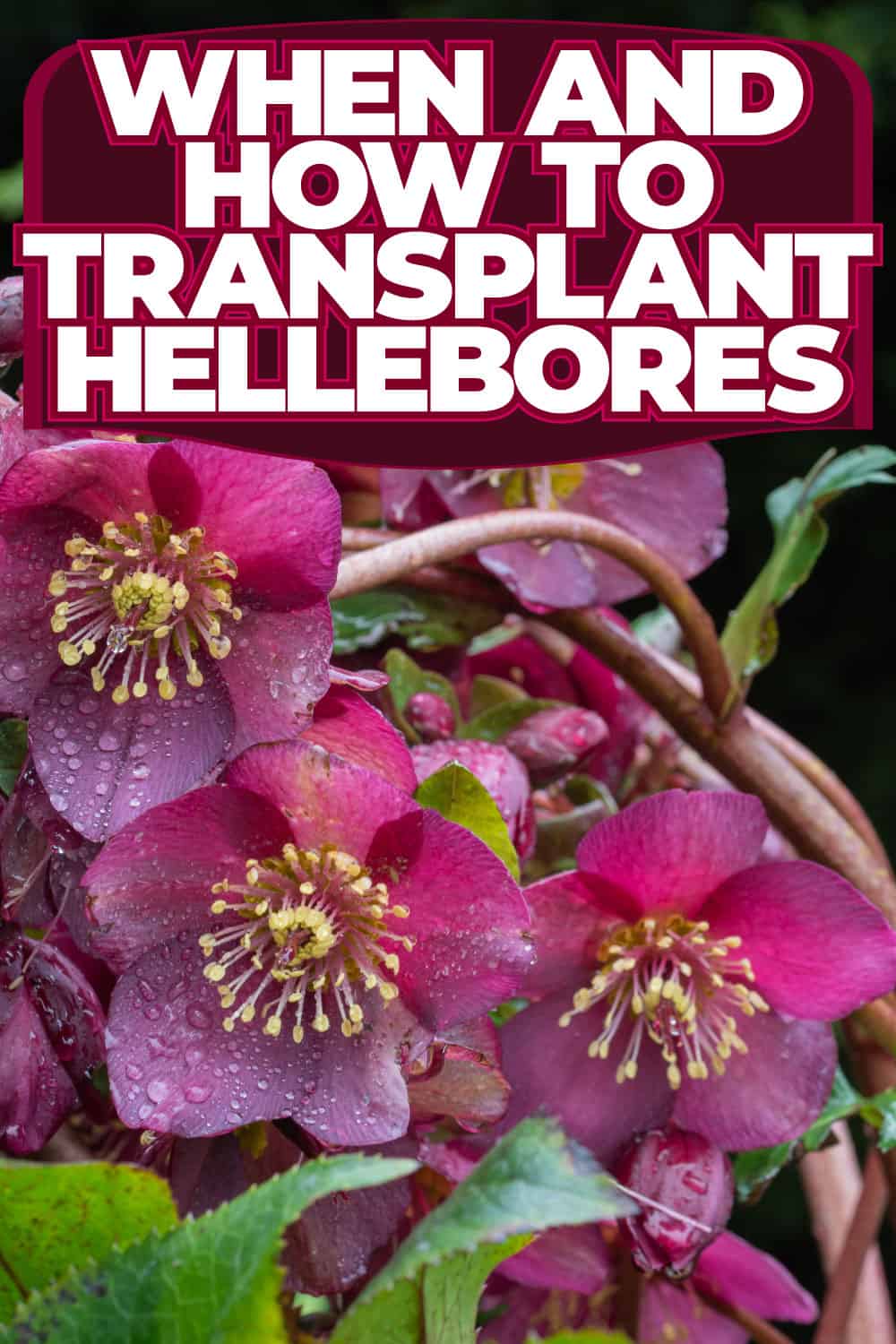Getting the plants in your garden growing healthy and strong can sometimes take extra patience. Do you want to transplant your hellebores but have no idea when or how to do this? Can you transplant hellebores at any time throughout the year?
Well, we've extensively researched these questions and have the answers below. Let's dive in.
You generally want to transplant hellebores in the fall (September-October). The key here is moving your plant before or after it flowers to prevent stunting its blooms.
When the time comes to transplant, start by:
- Dig around your entire hellebore.
- Rinse off any extra clumps of soil from the roots.
- Use a clean, sharp knife to cut the root mass into 2-3 sections.
- Place each divided section into fresh soil in your desired location.
As we begin, we will cover all things hellebores and discuss when and how to transplant them. Whether you're new to this flowering perennial or have a few growing in your yard, we're here to offer some insight. With that said, let's dive right into this topic!
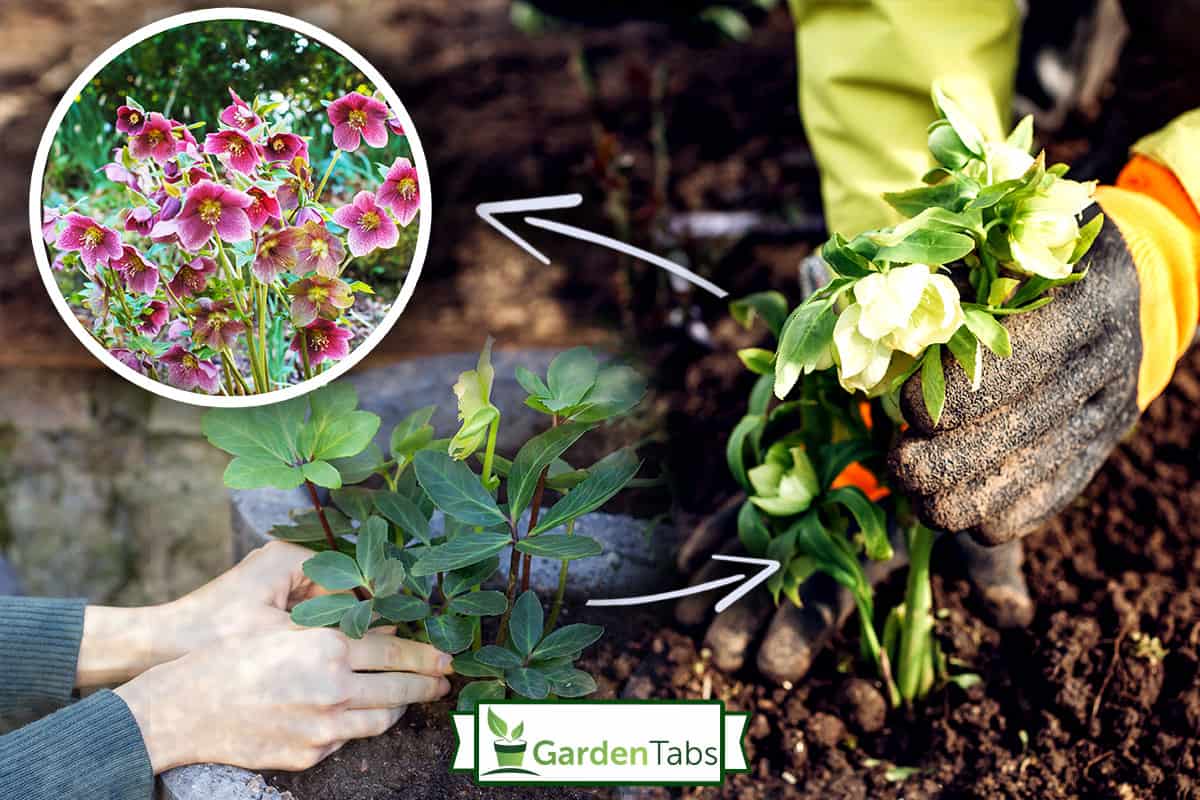
When Is The Best Time To Transplant Hellebores?
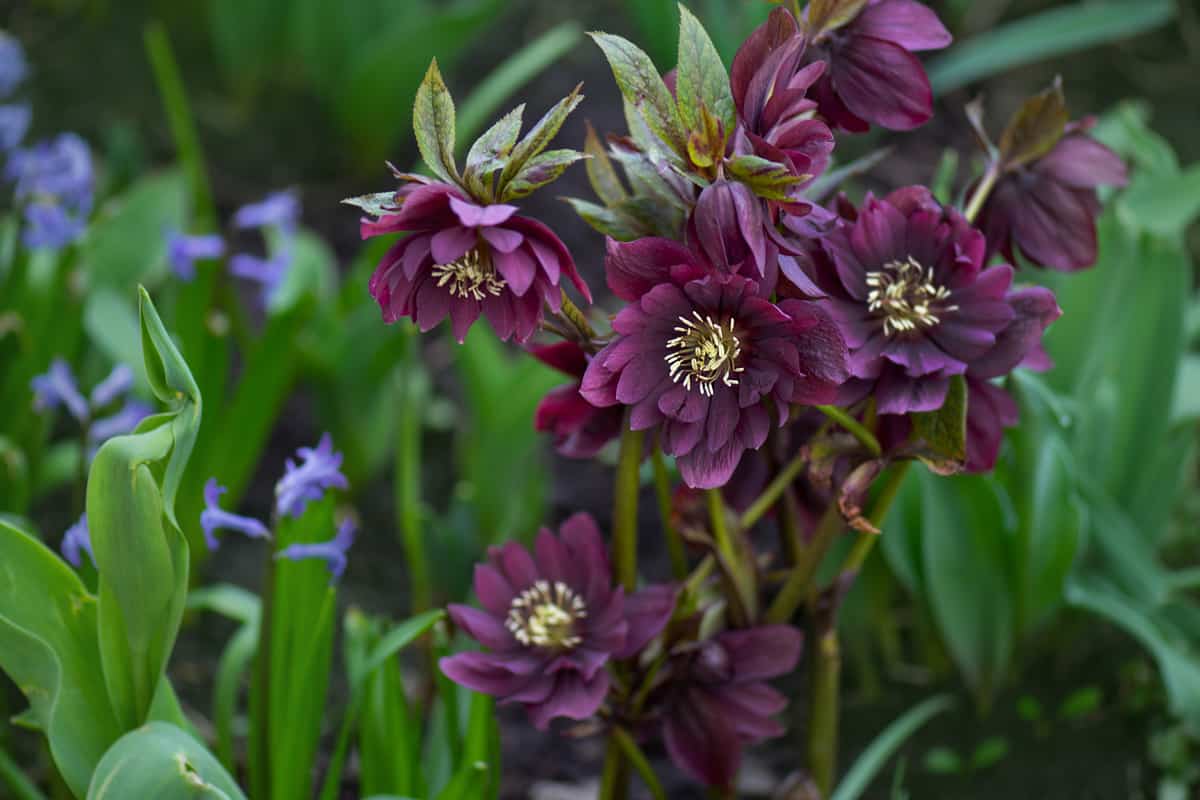
For anyone debating whether it's time to move their hellebore, this should happen in the early to mid-fall. Specifically, these flowering plants respond best to transplanting during September and October.
That is because the temperatures aren't too cold or hot, and your plant won't flower during this period.
Since hellebores are incredibly hardy, your plant shouldn't have any adverse reactions as long as you move them during the recommended time.
However, according to Crocos, you'll need to keep your hellebore's root ball intact throughout the transplanting process. Even if you want to dive one plant into two or three, ensure your plant is cut into large enough chunks to sustain itself.
Additionally, if you fail to follow these guidelines or cut from the "noses" of your hellebore, those new pieces likely won't survive the big move.
Like many plants, you don't want to transplant mature hellebore, as its root system will be complex within the ground. Typically, the older your plant, the less likely it is to survive transplanting, so keep that in mind.
Can I Transplant Hellebores In The Spring?
A springtime move will be fine as long as you're only transplanting hellebore seedlings. As we mentioned, you want to transplant or divide grown/growing hellebores during the fall.
However, you want to wait until your seedlings are big enough to handle a new location without their parent plant. In addition, it might also be a good idea to transplant your hellebore seedlings into a pot or planter so that you can watch them closely.
If you're ready to undergo the transplant, remove your hellebore seedlings using a towel. Be careful not to harm their root ball, as this is their lifeline.
Like a more mature plant, your baby hellebores will also depend on their root ball for survival and need it to adjust to their new location in your garden.
This process will require time, patience, and precision to be successful.
How Do You Transplant Hellebores?

Now for anyone with bigger, non-seedling hellebore that wants to transplant, this follows a similar format. First, you want to dig around your entire plant, ensuring its root ball is unharmed.
Secondly, wash off your plant and its root ball. You can then use a sharp, clean knife to divide your plant into a few pieces (ideally 2-3). Of course, you don't need to divide hellebore if you don't want to, so that step isn't required.
Next, dig new holes for your transplants and place them into the ground. We recommend using fresh soil to promote a healthy, strong plant.
Experts recommend placing hellebores into well-worked soil with plenty of organic matter, so compost is the first thing that comes to mind.
Lastly, you can give your transplanted hellebore(s) some water, and you're done! As we covered earlier, this entire process, although detail-oriented, is pretty simple.
As long as you are careful with your hellebore's root system, all should be well.
Can You Lift And Divide Hellebores?
Similar to transplanting, many gardeners routinely lift and divide their hellebores. Typically, this works as dividing your more mature plant into smaller pieces to expand your garden.
However, lifting your plant from the ground isn't always as easy as it sounds. Most importantly, you need to ensure your hellebore's root ball remains unscathed during this process.
Also, considering you are putting your plant back into the same spot when you're done, we recommend adding fresh soil and organic matter.
Just because hellebore is resilient doesn't mean you can or should be rough with it. Furthermore, many experts recommend putting two hand forks in a hellebore's crown and then easing the new pieces apart.
In addition, you want to ensure the new pieces you divide have leaves so they'll grow in their new location.
Do Hellebores Like To Be Moved?
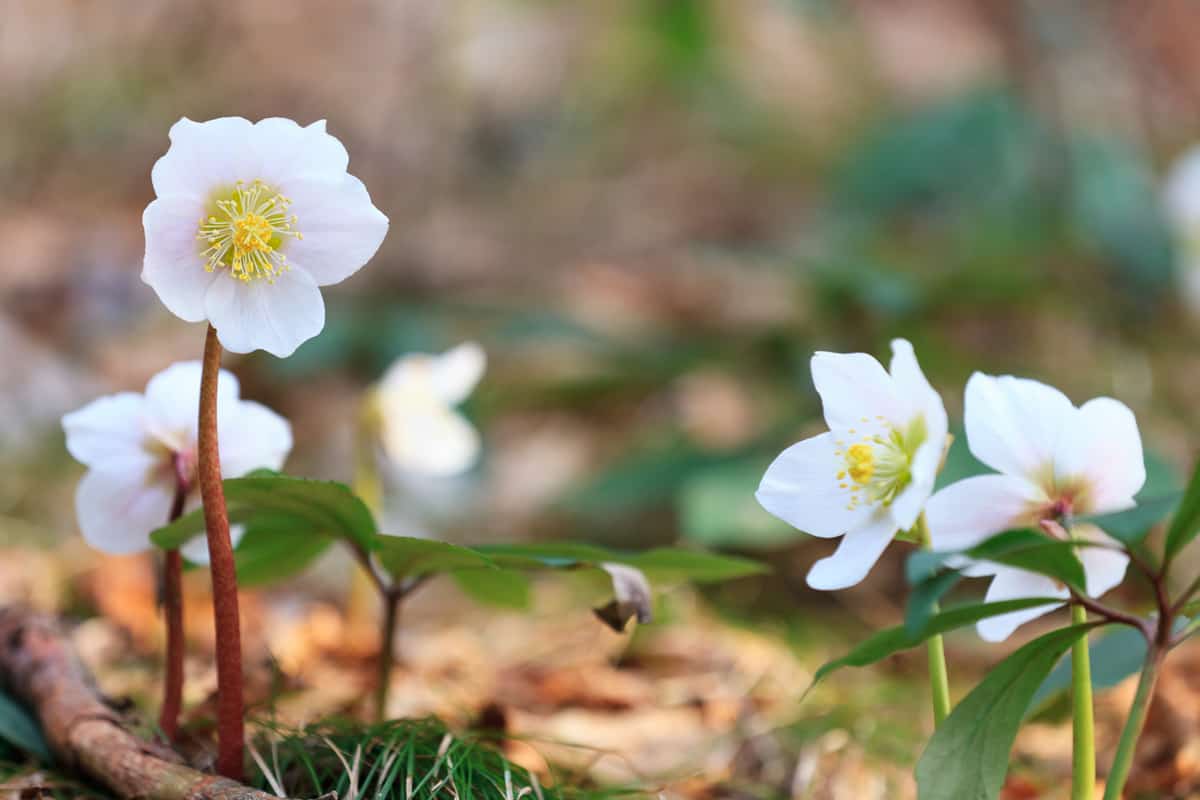
In general, hellebores respond well to transplanting. Considering this flowering species is hardy, your plant shouldn't run into significant issues before or after the big move.
That said, you don't want to do this often. By that, we mean you shouldn't move your hellebore unless necessary, as doing this can put your plant at risk for root-related issues.
On top of that, many gardeners will take this time also to divide their plants, considering they will already be out of the ground.
Again, this isn't required, but it is a good way to expand your garden without taking a trip to a nursery.
How Often Can I Transplant A Hellebore?
You don't want to transplant your hellebore more than every few years. As we mentioned, this moving process can be traumatic for your hellebore's root system if you aren't careful and can even kill it.
It's also not usually necessary to transplant a hellebore plant unless its current location lacks sunlight, water, or nutrients.
This goes for all plants in your garden, so leave your hellebore alone unless there's something wrong.
The last thing you want to do is negatively affect your healthy, growing plant by moving it or even dividing it into too many little pieces.
Should I Water A Recently Transplanted Hellebore?
Yes! It is imperative that you give your transplanted hellebore water as soon as you can. In general, you want to wait until the new soil and compost are set in the ground and your hellebore is situated.
When that is finished, grab a watering can and give your plant an inch or so of water. The soil should feel moist to the touch for the first few days post-transplant.
After about a week or two, you can start your regular watering schedule. Ideally, the hellebore needs about 1-2 waterings each week, depending on the weather/season.
Hellebores like their roots to be moist throughout their growing seasons, which include fall, summer, and spring.
Furthermore, when you transplant, you'll want to be even more mindful of the water you give your hellebores if it's hot and dry.
It's generally better to wait until the temperature is moderate and the weather looks clear to transplant, so make sure to check beforehand.
Considering this entire process is already traumatic, the last thing your plant needs is to fight the heat during its first few days in the ground.
Do Hellebores Like Plenty Of Water?
Yes, hellebores enjoy a generous amount of water during the spring, summer, and fall months.
Specifically, their prime tends to fall between the spring and fall as they're actively growing, so try to keep yours well hydrated during this time.
You can start to ease up on the watering once the heat kicks in, as this causes most hellebores to go dormant. Surprisingly, this flowering species doesn't respond well to too much water during the summertime, so once a week will be more than enough.
Furthermore, overwatering hellebore is one of the easiest ways to kill it, so keep that in mind. Especially if you recently moved yours, giving it too much water in warmer weather can do more harm than good.
It's also not generally the best idea to transplant or mess with hellebore during the summer, so take that season to prune your plant lightly instead.
Are Hellebores Easy To Grow And Care For?
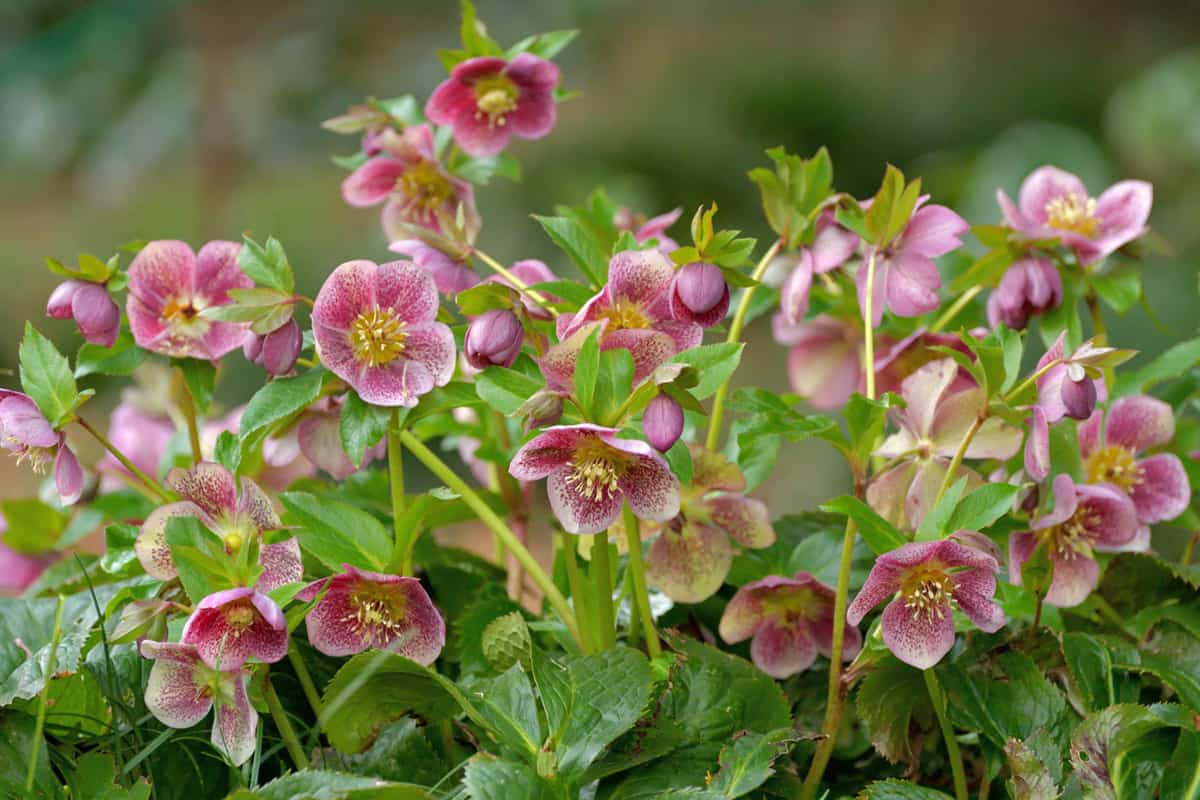
In general, hellebores should be relatively easy to grow and maintain. Considering this flowering species is tolerant to many weather/climate conditions, you can plant them almost anywhere.
Moreover, these plants are perennials, meaning they will come back year after year.
Ideally, you will plant hellebores somewhere bordering the sun with partial shade. As we covered, these plants don't like heat, so full sun exposure may be too much for your hellebore.
It's also essential to give your hellebore nutrient-rich, well-draining soil to prevent root rot or other related issues.
If you want to transplant your hellebore, this should be easy, as long as you're careful. This species is incredibly hardy and can take a bit of beating before showing signs of sickness.
To Tie Everything Together

Whether you have hellebores growing throughout your garden or just bought your first, it's essential to understand the transplanting process. From what we found, you want to move your hellebore plant during September or October before/after it blooms.
In addition, it's also super important to keep your plant's root ball intact, so the more careful you are, the better. This process can be a bit tedious, so make sure to be patient with your hellebore.
Regardless, don't forget to water your hellebore immediately after moving it, and try to hold off until the weather is moderate!
Made it this far? Check out these helpful related garden posts below!
Can Rose Roots Damage Water And Gas Pipes?
When To Transplant Forsythias [And How To]
When To Transplant Foxglove [And How To]
